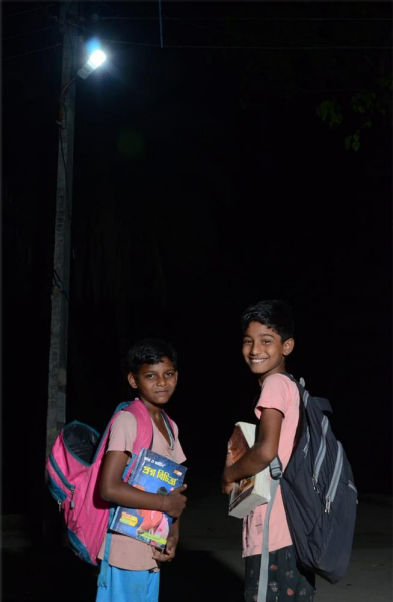






“My son studies every evening now. Earlier, we couldn’t afford kerosene every day, and the smoke was unbearable. Solar light has changed everything.”
— Payel Paul Bera, Raipara, Ghoramara Island
In the far-flung islands of the Sundarbans—where diesel is expensive, electricity poles end with the mainland, and survival often means resilience—light has long
been a luxury. But today, for hundreds of women like Kabita, the glow of clean solar energy has sparked far more than visibility—it has rekindled possibility.
SEED’s community-led solar projects, implemented across climate-vulnerable islands like Ghoramara and Sagar, are transforming the lives of women, farmers
and youth through decentralized clean energy solutions that do more than light up homes—they illuminate futures.
“We used to finish cooking before sunset because we had no light. Now, I help my children study at night without worrying about kerosene smoke or the fear of fire.”
— Kabita Bhunia, Rahakrishnapur village, Sagar Island
Over the past three years, SEED has installed over 2,600 solar-powered lighting systems across households, cyclone shelters, deep tubewells and biodiversity
education centres. Alongside infrastructure, over 370 women and youth have been trained to maintain and repair solar units—creating jobs and building ownership
in the very communities that need it most.
“I stitch clothes at night to earn extra. Before the solar light, I had to stop working once it got dark. Now, I can continue and earn more for my family.”
— Pravati Das, Bagpara, Ghoramara Island
For women who have long walked in the dark—literally and figuratively—solar power has offered a kind of independence once thought out of reach. Jayasree Patra, a mother of three from Bapirplot village, puts it simply:
“Walking to the washroom at night used to feel unsafe. With the streetlights, we feel secure and can move freely even after dark.”
In cyclone-battered zones like Ghoramara, where 356 families have already been displaced by rising tides and erosion, SEED’s solarpowered cyclone shelter now offers 24x7 power backup for emergencies and doubles up as a safe space for community training and children’s education.
And the change is being powered from within. Moumita Giri, a trained solar youth cadre from Khashimara village, proudly shares:
“I was trained to repair solar lights and now help maintain them in my village. It feels good to be useful and respected.”
With support from partners like Signify Foundation, IIT Kharagpur, T&I Global Ltd. and the Bansal Foundation, SEED’s solar energy model has become more than a project—it’s a movement. A movement where women light the path, youth maintain the spark and entire villages step into a future that’s not just brighter, but more just.
In a region where climate change is relentless and resources are few, solar power has offered something rare: self-reliance.
“We are not just using solar,” says Bharat Paul, SEED’s field coordinator in Ghoramara, “we’re building a generation that can run it, repair it and grow with it.”
From survival to stewardship, the women and youth of the Sundarbans are lighting the way—one solar panel, one family, one island at a time.



Subscribe to the SEED Newsletter — and be part of the change!